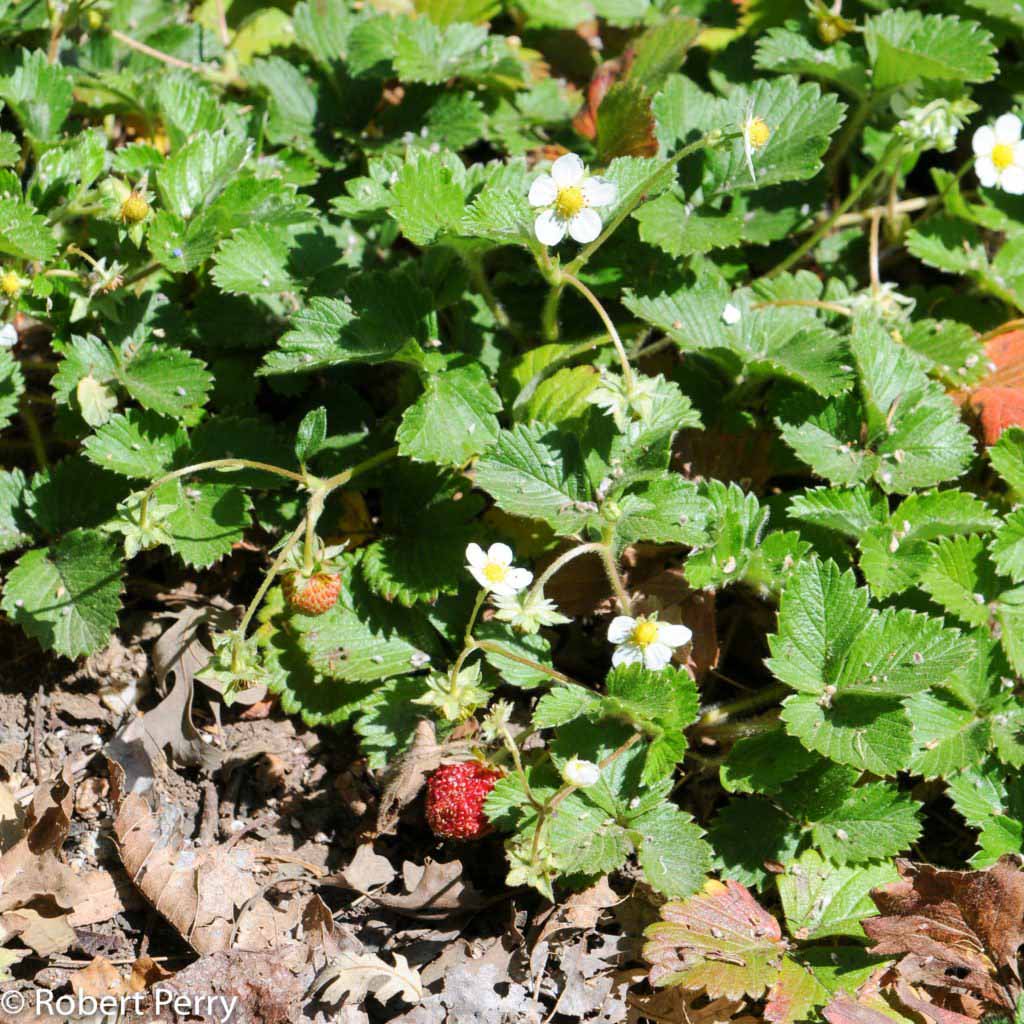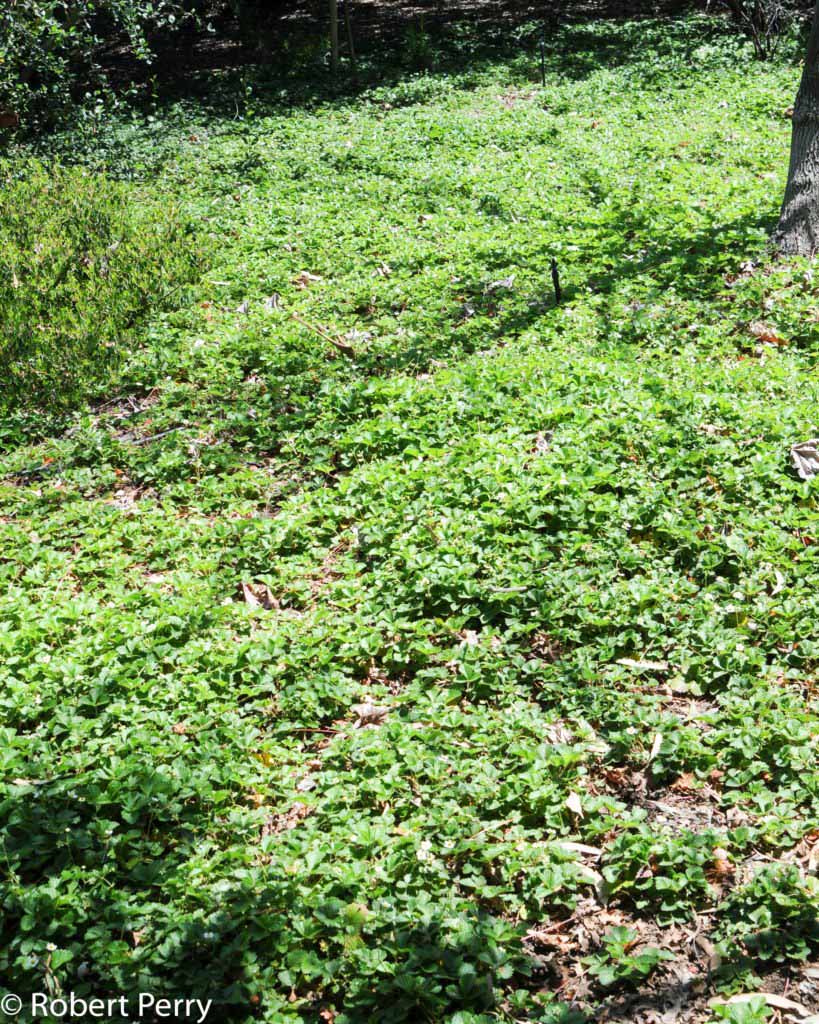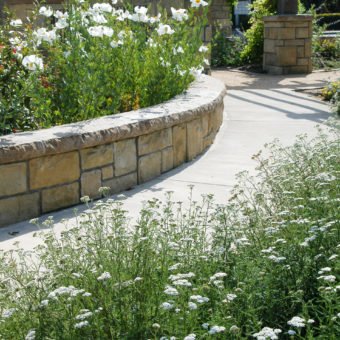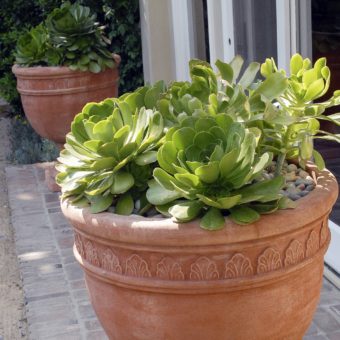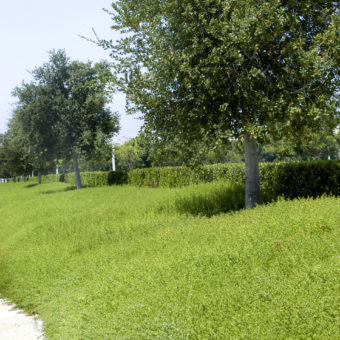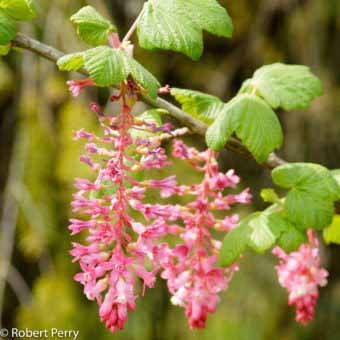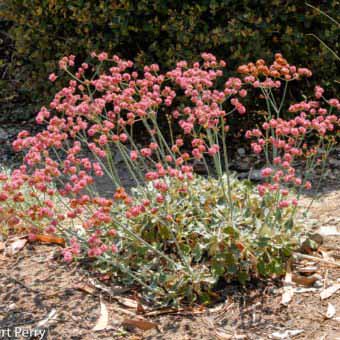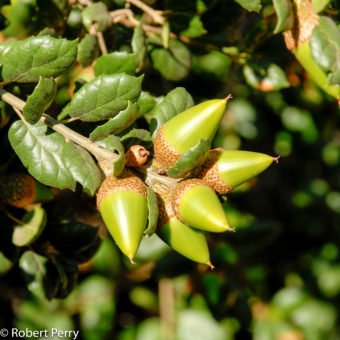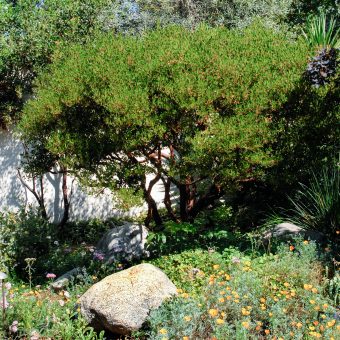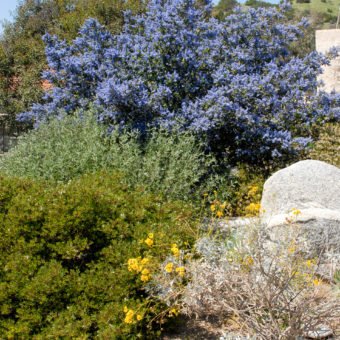The California strawberry is well adapted to partial shade garden areas throughout the Inland Empire where it can be sustained with normal winter rainfall and low amounts of summer water. The application of summer water will help it to maintain good foliage character. It should be noted there are several winter months marked by an asterisk (*) when rains can provide sufficient moisture and irrigation is not needed. The high and low range of moisture indicates it can grow with varying amounts of water depending upon exposure conditions and size.
| |
Jan* |
Feb* |
Mar* |
Apr |
May |
Jun |
Jul |
Aug |
Sep |
Oct |
Nov* |
Dec* |
| Runs per Month |
0x to 3x |
0x to 3x |
0x to 3x |
2x to 3x |
1x to 2x |
1x to 2x |
1x to 2x |
1x to 2x |
1x to 2x |
2x to 3x |
0x to 3x |
0x to 3x |
| Inches per Run |
1″ |
1″ |
1″ |
1″ |
1″ |
1″ |
1″ |
1″ |
1″ |
1″ |
1″ |
1″ |
| |
| Inches per Month |
0″ to 3″ |
0″ to 3″ |
0″ to 3″ |
2″ to 3″ |
1″ to 2″ |
1″ to 2″ |
1″ to 2″ |
1″ to 2″ |
1″ to 2″ |
2″ to 3″ |
0″ to 3″ |
0″ to 3″ |
Range of supplemental summer water: 9"-16"
Range of supplemental winter water: 0"-15"
| |
0″-3″ |
0″-3″ |
0″-3″ |
2″-3″ |
1″-2″ |
1″-2″ |
1″-2″ |
1″-2″ |
1″-2″ |
2″-3″ |
0″-3″ |
0″-3″ |
| |
Jan* |
Feb* |
Mar* |
Apr |
May |
Jun |
Jul |
Aug |
Sep |
Oct |
Nov* |
Dec* |
For more information on how to use this Irrigation Schedule and Graph, follow this link.
For information how to calculate your irrigation system’s schedule and precipitation rate, please follow this link.
Naturally spreads by “runners” that move along the soil surface, then re-root at “nodes.” Once these nodes have rooted, they can be divided by being dug up and planted elsewhere in the garden, potted, or given away. November is usually a good time to do this (2). Strawberry runners are easy to dig out to prevent them from colonizing anywhere that is not desired, and are generally not considered “invasive” in the garden (S).
References